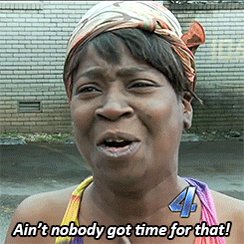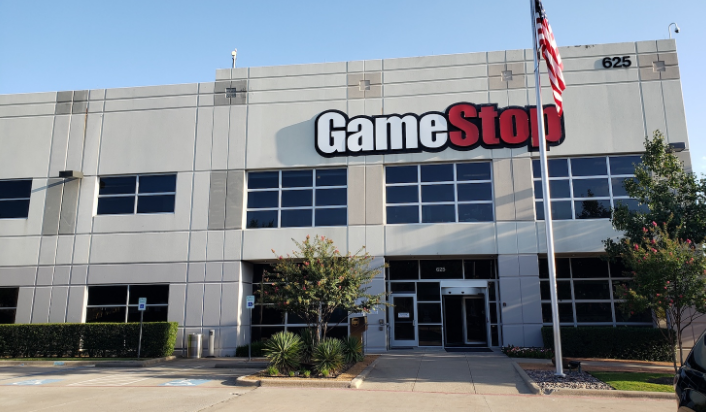In this entangled mess of variables, aspects practice-as-done are
Compliance is fundamentally at odds with innovation and continuous improvement
Compliance tends to constrain operations to narrow sets of approved sequences of tasks as the means to assure the secure attainment of certain business outcomes. But at what cost ?
🧵
In this entangled mess of variables, aspects practice-as-done are

But is there an alternative ? I think there is, but requires re-thinking the problem. Here’s my suggestion:
Let’s talk with experienced practitioners to help us determine where they believe boundaries of security exist, in their own context.
- what are indicators that warn you should really pay attention ? How can we help in

















